Ready to start sourcing fabric for your clothing brand? If yes, then remember that initiating a clothing line includes a lot of effort, time, money, labor, and most important innovation in ideas!
We know you already have that passion running in your veins but operating a brand can be overwhelming and confusing at the same time. What are my fabric needs? Which supplier should I look for? What kind of print will look the best? Who will give me assurance of the fabric & its print? All such questions pop up in your mind.
Whether you’re a fashion designer, a private label, or an enterprise the initial step in designing is choosing the right fabric. And then knowing the right places where you’ll find that perfect fabric with accurate specifications & competitive pricing. The right wholesale fabric supplier can help you save your sourcing time and can cut your costs in half!
So let’s start with the basics. In this blog, we will tell you how you can source fabric for your clothing brand and the best way to find the right fabric supplier.
What is fabric sourcing?

Before we get to the part about how you can do sourcing, first let’s define what sourcing is.
As simple as it can be, sourcing is a technique for identifying the perfect supplier for your product or service. That said, fabric sourcing is a way of obtaining the fabric that you require for your business, be it as a raw material for your clothing, personal accessories, or home decor.
Defining fabric requirements
Before going to a fabric supplier get a clear idea of your fabric requirements. What type of fabric do you need? What quantity are you seeking? Your budget & more. Even if you are not sure about the fabric type but if you know what look you want for your final garment, a professional fabric supplier will help you decide the best fabric.
Fabric type
There are different ways a fabric can be made, however, the most popular among them are-

RFD fabric
RFD fabrics are known as materials that have been processed through various steps that eventually proceed with dyeing. They are created by processing greige fabric wherein scouring is performed in order to enhance the uptake of dye and absorption in the fabric.
Printed fabric
In simple terms, printed fabrics mean printing on fabric. It is a process of embedding hues and patterns on fabric. Well, the perfect example of these fabrics is ajrak, dabu, and indigo print.
Knitted fabric
These fabrics are usually breathable, comfy, and elastic in nature. They are created by interlocking the yarns using needles. Knitted fabrics are wrinkle-resistant which makes them an ideal choice for active wear.
Woven fabric
These fabrics are curated on a loom by applying two or more threads, woven at a right angle to each other.
In short, it can be said that woven fabrics refer to the way fabrics are made through different weaving techniques, rather than what the fabric is. The appearance of woven fabrics depends upon what type of fiber was used in the process.
Quantity

Now that’s a difficult one, don’t worry, we will help you get there. If you are planning a collection, decide on the number of silhouettes you will design. Now whether all these silhouettes will be made from the same print or the same fabric?
Some of you may prefer to finalize the fabric print first & then decide on the silhouette. Anyway once you settle on a number of styles, the next is to decide on the stock of each style.
As a budding private label, you may want to launch a capsule collection, where each design is only available in a few pieces. Many brands these days are experimenting with made-to-order garments, where the production of garments starts after the customer places an order. In this case, the brands keep stock of the fabrics handy itself, & not the end product.
With this much decided, you can use simple math to analyze how much fabric is needed for your collection.
Bonus Tip: The sample garment production also takes up some stock of your selected fabric, so always keep aside some fabric stock for sample products.
MOQ

MOQ stands for Minimum Order Quantity. It is a set quantity that you must purchase per order from a supplier. Remember, the amount of MOQ for bulk fabrics varies depending on suppliers.
Minimum Order Quantity is a term every budding fashion designer is concerned with! Traditional fabric sourcing works on this set principle of a set quantity that you must purchase per order from a supplier. MOQ of bulk fabrics varies on fabric types & from supplier to supplier. Bulk cotton fabric will not have the same MOQ as any sustainable fabric like hemp fabric.
Clothing brands often work on a particular fabric & hence easily opt for even higher MOQ like 1000 meters per fabric. Based on your requirement & budget you may choose low MOQ fabric options.
Finding the right supplier for your brand
Once you identify the fabric the next step is to find someone who can provide you with that fabric. Locating a perfect supplier for your business is one of the most important steps in fabric sourcing. There are several types of suppliers in the market that have their own characteristics and are defined on the basis of their operation and the kind of fabrics they deal with. These are as follows-
Retailer

They operate a standard fabric shop that offers low quantities of fabric materials. They usually keep a stock of fixed quantity & do not offer customization. For small quantities like up to 10 meters, retailers can be a good option but they offer limited designs & fabric types.
Wholesaler

They can be classified as retailers that offer materials in huge quantities. They usually deal in common fabric materials like cotton, rayon, Chanderi, etc. Their biggest advantage is pricing but they’re not aware of accurate information about the materials. So if you’re picky about the fabric composition, warp-weft count, GLM, or GSM, a fabric wholesaler may not be the best choice.
Jobbers

Jobbers are basically wholesalers who specialize in discounted fabrics. They do not restock fabrics and work on leftover materials from factories and mills.
Sourcing agents

Fabric sourcing agents deal with a huge number of fabric manufacturers and suppliers; some of them operate on a commission basis and can offer a better price. Their biggest USP is their network, they’ll know which material to source from which place depending on whether you are budget-conscious or a quality seeker or need technical information about the fabric. The challenge here is to find a good agent. Like any other industry, trust in your agent makes all the difference in decision-making.
Factory

You may already know about factories, they operate with large brands, usually with a high MOQ like 5000 meters & above. Moreover, most factories do not operate under an organized setup, which makes material exploration difficult.
What about Bulk Fabric Customization?
Buying fabric in bulk does not limit your choices as a designer. Right?
The present world’s advancement in printing helps in designing elegant custom pieces without any restrictions on quantity.
Where & how to get it done
If you are looking for a fabric customized for your sewing project, then you can look for a fabric manufacturer or a sourcing partner who can get your fabric customized according to your requirements.
Numerous companies offer mood boarding, where the textile experts help you in finding the perfect fabric and designs.
Questions to Ask your Fabric Supplier
After you have decided what fabric you need and with whom you will work, the final step is to ask the supplier a few questions regarding the fabric they will supply.
Do they have the fabric that you want?
Provide the supplier with as much detail as you can for your fabric specification. This can include weight, fiber composition, weaving pattern, and testing requirements.
What is the payment process?
Do they take payment through online modes such as UPI? Will they need a telegraphic transfer? Do we have to make payment in advance or not?
What is the lead time?
When we talk about retailers, wholesalers, and jobbers, they keep their fabrics in specific quantities whereas fabric-sourcing agents and factories operate on a made-to-order basis.
How to source fabric from the USA or from any other place?
If you are sourcing fabric in USA or any other country for your clothing line, you'll need to visit trade shows or look online to find the best fabric supplier to meet your needs. Afterward, you'll get in touch with them to establish a working relationship and integrate them into your supply chain, guaranteeing a steady flow of high-quality raw materials.
We also happen to be a magnet for suggestions, and would love to catch yours….throw us yours on hello@fabriclore.com

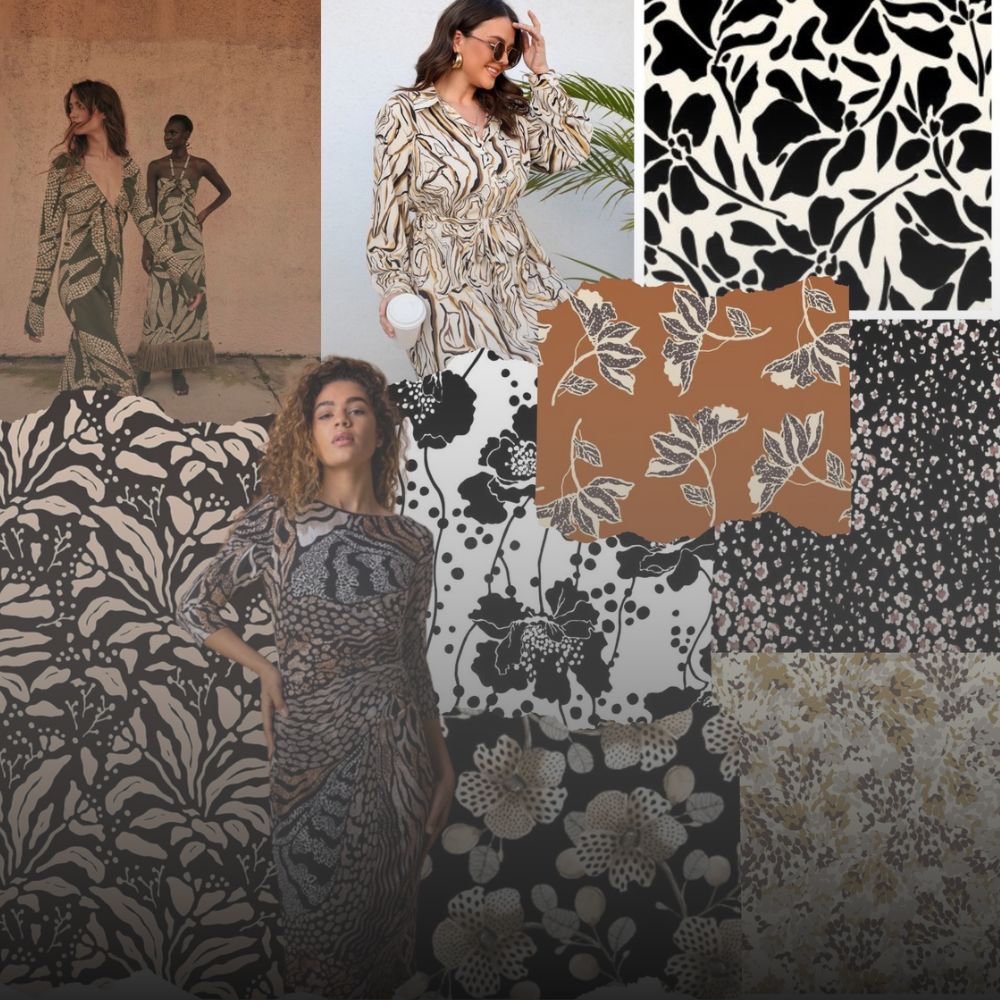
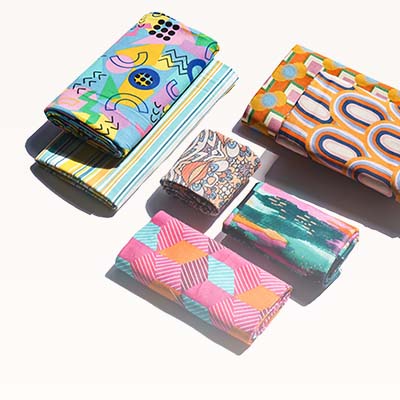
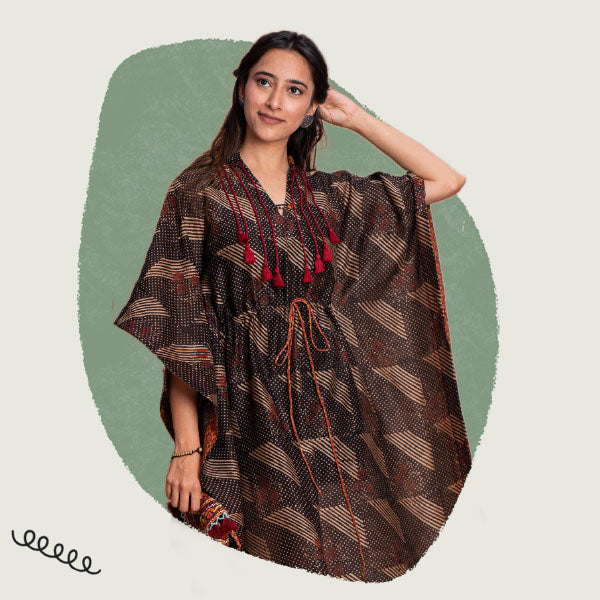
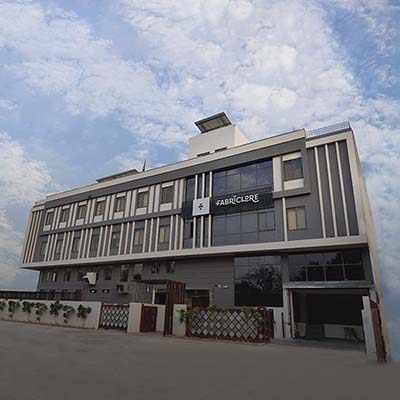
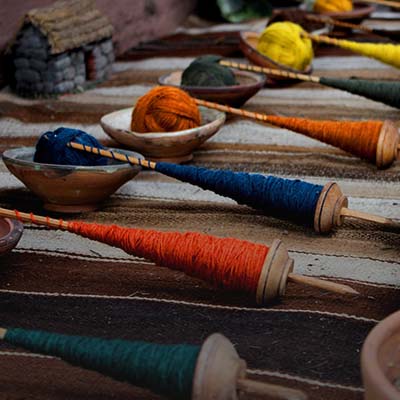

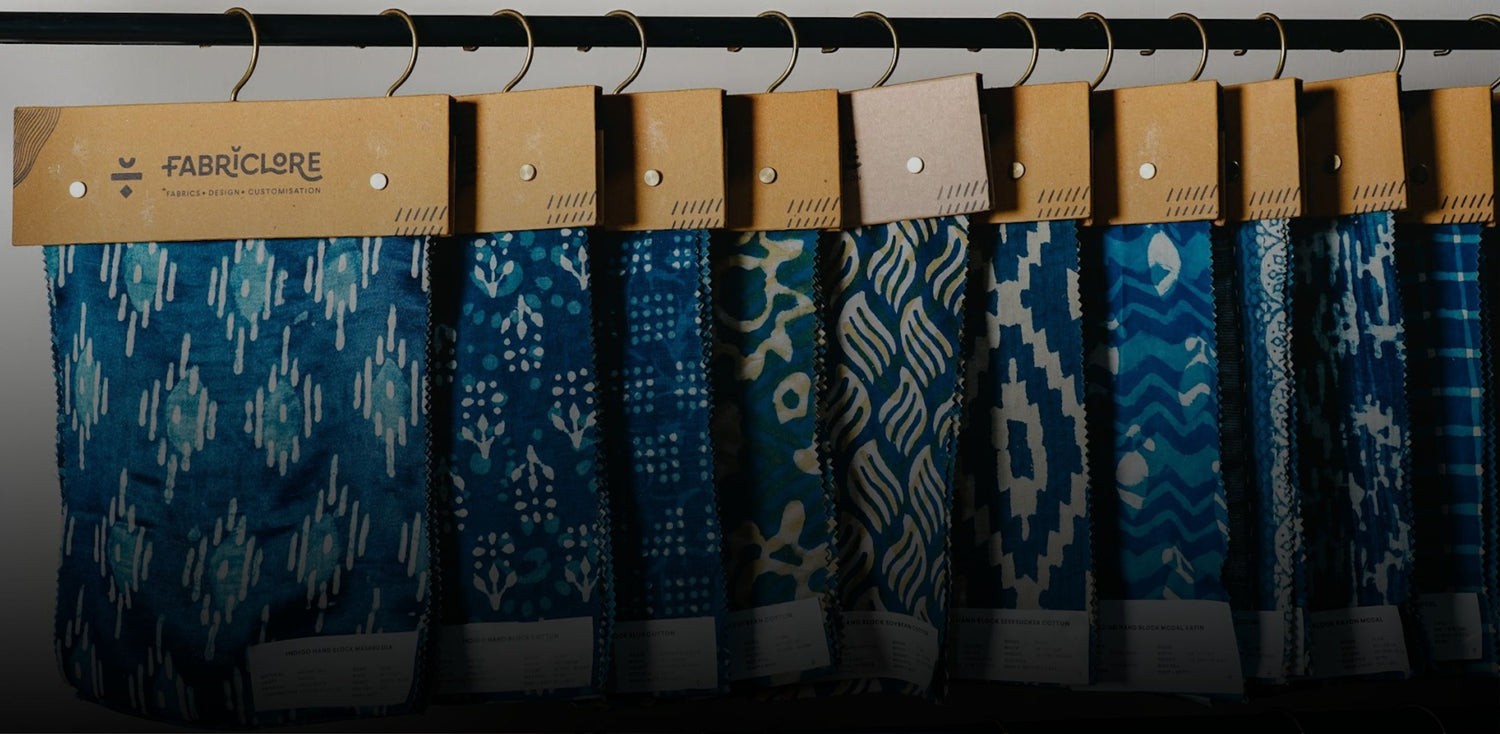

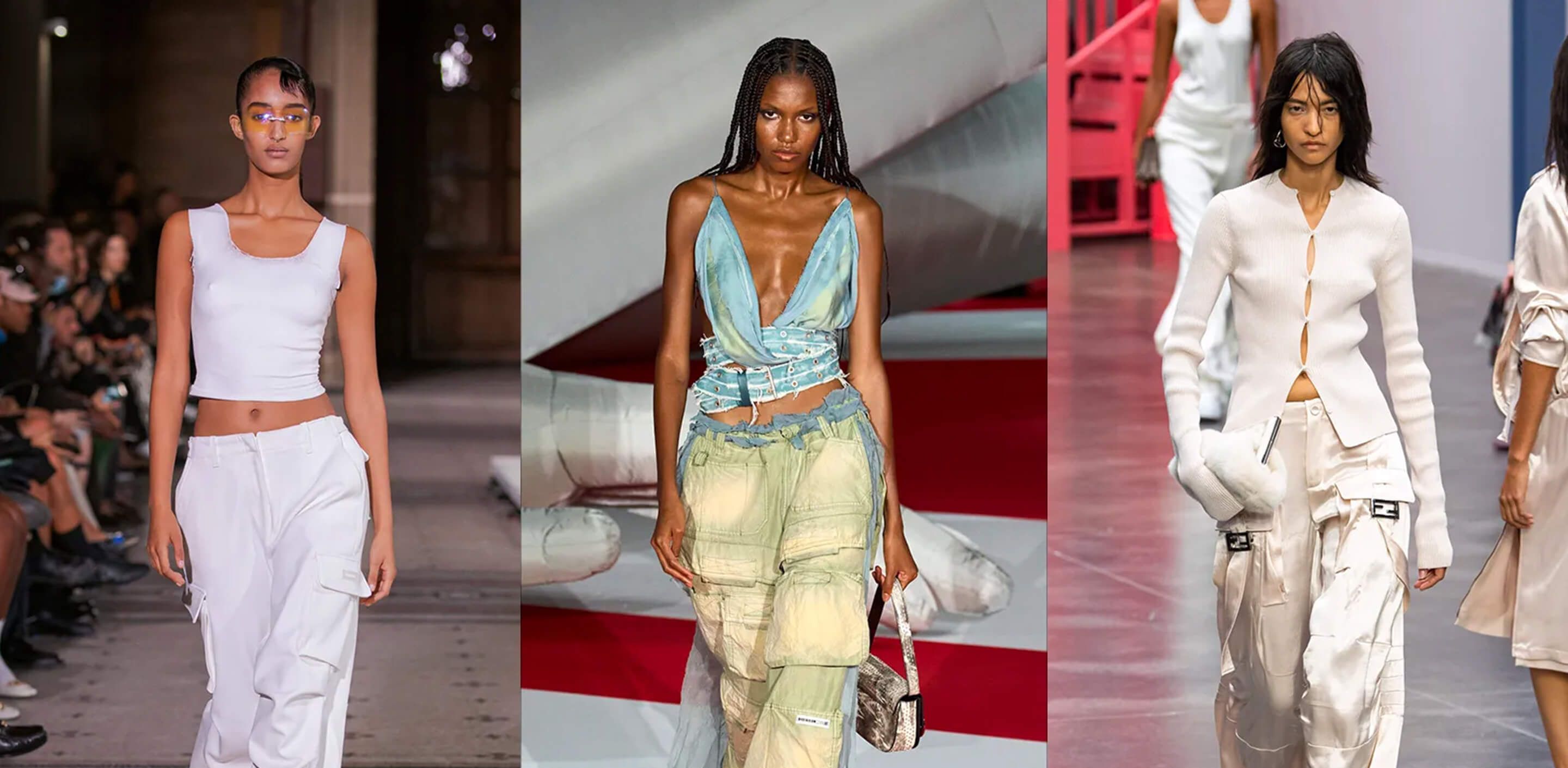
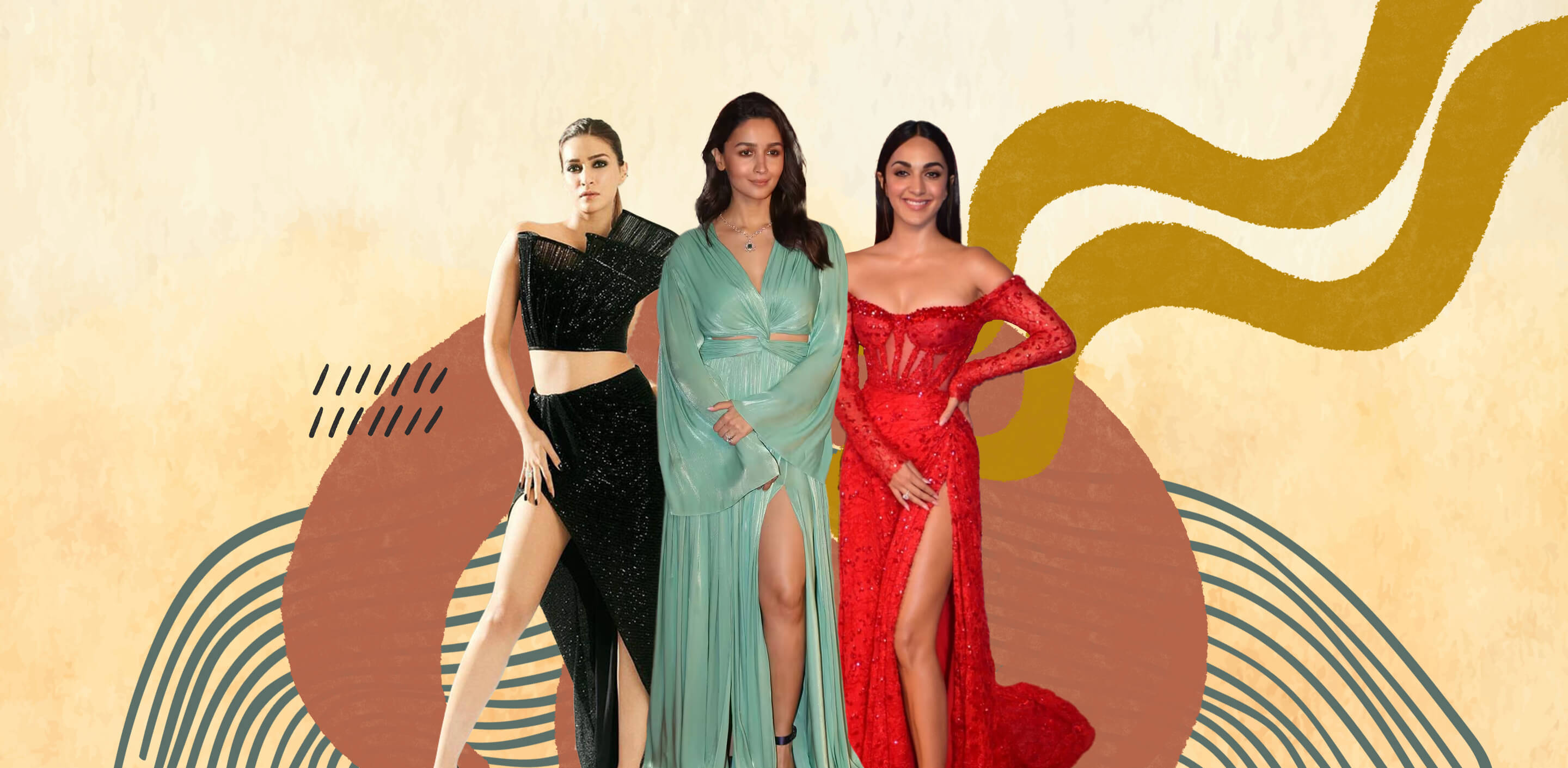
Leave a comment
This site is protected by reCAPTCHA and the Google Privacy Policy and Terms of Service apply.